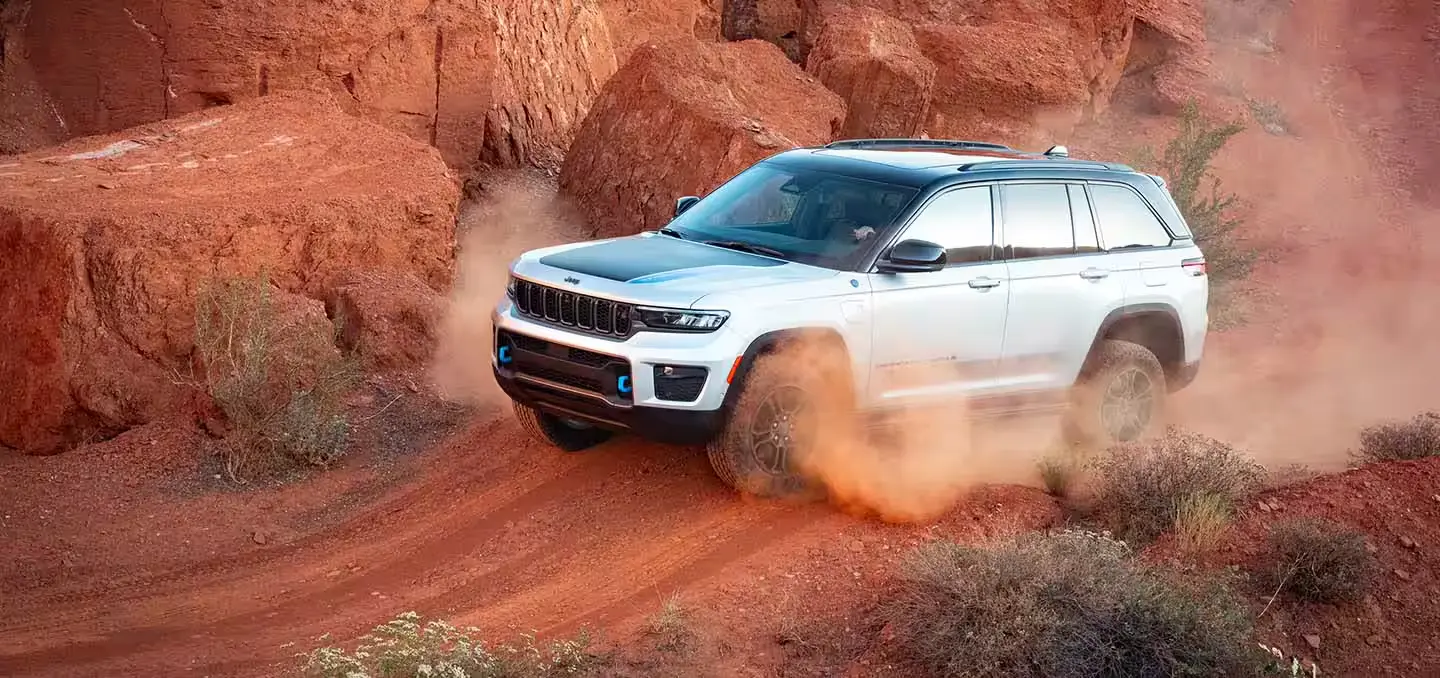Transmission reliability is one of the most critical yet often overlooked aspects when evaluating vehicles. While many drivers focus on engine performance, styling, or fuel efficiency, the transmission—the component responsible for transferring engine power to the wheels—plays an indispensable role in a car’s drivability and long-term durability.
Transmission problems can manifest in a variety of ways, from subtle slipping and delayed gear engagement to severe failure that renders a vehicle immobile. These issues not only compromise driving comfort and safety but often lead to expensive repairs or outright transmission replacement, making reliability in this area a top priority for consumers.
Over the past few decades, the automotive industry has seen remarkable advancements in transmission technology. Traditional automatic transmissions with torque converters have been joined by continuously variable transmissions (CVTs), dual-clutch transmissions (DCTs), and increasingly complex multi-speed automatics, each promising better fuel economy, smoother shifts, and enhanced performance.
However, the downside of introducing cutting-edge technology is that some models have experienced reliability growing pains. Manufacturers have sometimes rushed new transmission designs to market without sufficient real-world testing, leading to widespread issues that tarnish reputations and frustrate owners.
For buyers, understanding which vehicles consistently avoid transmission problems and which tend to suffer from slipping or premature failure is crucial.
Transmission slipping is one of the most common symptoms signaling trouble. It occurs when the transmission’s clutches or bands fail to maintain proper engagement, causing the engine to rev without a corresponding increase in vehicle speed.
This can lead to poor acceleration, increased wear, and even total transmission failure if left unchecked. Slipping often stems from worn components, low or contaminated transmission fluid, faulty sensors, or software glitches in modern electronically controlled transmissions.
In this article, we’ll explore five vehicles known for their robust, trouble-free transmissions that tend to avoid slipping and other common transmission problems. These models typically feature conservative engineering, rigorous quality control, and a strong history of reliability, making them smart choices for buyers seeking longevity and peace of mind.
On the flip side, we’ll also examine five cars that have gained notoriety for transmission slipping issues, often due to design flaws, rushed technology implementation, or maintenance neglect. Understanding these patterns can help prospective buyers make more informed decisions and avoid costly repairs down the road.
By looking closely at these models, the technologies they employ, and the underlying causes of their transmission successes or failures, this article aims to provide a comprehensive guide to transmission reliability.
Whether you’re shopping for a reliable daily commuter, a family SUV, or a stylish sedan, knowing the ins and outs of transmission performance can save you from headaches and unexpected expenses.
Moreover, this insight sheds light on the importance of proper maintenance, timely fluid changes, and recognizing early warning signs of transmission trouble.
Ultimately, transmissions are complex mechanical and electronic systems that demand both engineering excellence and careful upkeep. While no vehicle is completely immune to transmission issues, some have proven over time to be remarkably durable, while others remain cautionary examples.
This article’s dual focus helps balance the optimism of buying a proven reliable car with the reality of what can go wrong in models prone to slipping transmissions. With this knowledge, you can approach your next vehicle purchase with greater confidence and understanding.
Also Read: 5 Trucks With the Best LED Bed Lighting and 5 With Dim Lamps
5 Cars That Avoid Transmission Problems

1. Toyota Camry
The Toyota Camry has earned an almost legendary status in the automotive world for its bulletproof reliability, and its transmission plays a major role in that reputation. Over the years, Toyota has consistently refined the Camry’s drivetrain components, especially focusing on the transmission’s durability and smoothness.
The Camry’s automatic transmissions—whether the traditional torque converter automatic or the more recent continuously variable transmissions (CVTs)—are built to withstand years of everyday driving with minimal issues.
This is no accident but rather the result of Toyota’s conservative engineering philosophy that prioritizes reliability and longevity over pushing the envelope on performance or fuel economy.
One of the most significant contributors to the Camry’s transmission durability is Toyota’s extensive research and development process. Before launching a new transmission design, Toyota conducts rigorous real-world testing that includes driving millions of miles under a variety of harsh conditions, from stop-and-go traffic to extreme temperature cycles.
These tests help identify potential failure points early and allow engineers to improve the design to eliminate weak spots. Additionally, Toyota uses high-quality transmission fluids that are optimized for heat resistance and longevity, reducing wear on internal components such as clutches and gears.
Another aspect that sets the Camry apart is the straightforward design of its transmissions. Rather than introducing overly complex systems or experimental technologies, Toyota relies on tried-and-true mechanical principles.
This simplicity means fewer things can go wrong, and if maintenance is performed regularly—such as timely fluid changes and filter replacements—the transmissions can run smoothly well beyond 200,000 miles. Toyota also equips its transmissions with robust cooling systems to prevent overheating, a common cause of transmission failure in many other vehicles.
Finally, the Camry’s reliability is supported by a wide network of dealerships and mechanics familiar with its systems, which ensures repairs and maintenance can be carried out efficiently and at a reasonable cost.
Combined with a strong resale value, the Camry represents one of the safest bets for buyers seeking a car that practically guarantees trouble-free transmission performance. For many drivers, owning a Camry means enjoying peace of mind, knowing that the transmission will rarely require attention beyond basic maintenance.
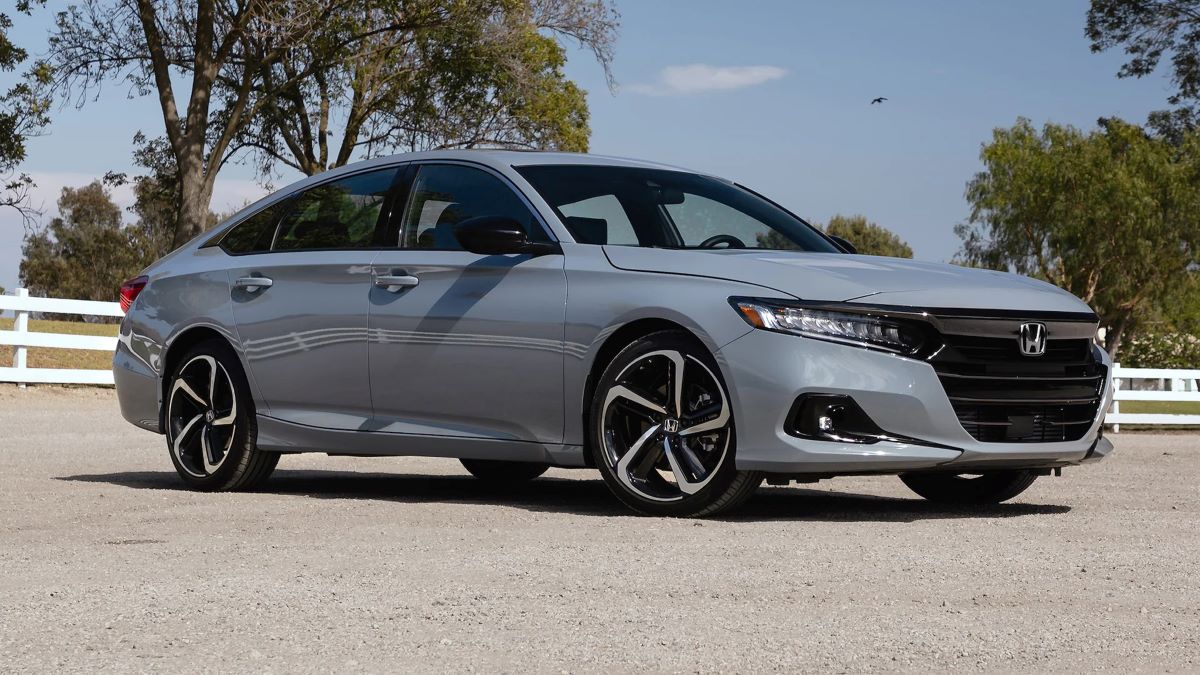
2. Honda Accord
Much like the Camry, the Honda Accord has cultivated a reputation as a dependable midsize sedan, particularly when it comes to transmission performance. Honda’s approach to transmissions balances innovation with reliability, utilizing both traditional automatic transmissions and advanced CVTs in recent models, but always with an eye toward durability.
Honda has invested heavily in refining its transmission control software to ensure smooth, timely gear changes that reduce mechanical wear. This commitment has paid off, as many Accord owners report smooth transmission operation well past the 150,000-mile mark.
A standout feature of the Accord’s transmission is its gear ratio design. Honda engineers have carefully optimized gear ratios to reduce strain on the transmission components. By keeping engine RPMs within an efficient range during acceleration and cruising, the transmission experiences less heat and wear.
Heat is one of the primary causes of transmission degradation, so this design focus directly contributes to the Accord’s transmission longevity. Additionally, Honda uses advanced sensors and software to monitor transmission conditions in real time, adjusting shift patterns to avoid excessive stress during heavy acceleration or towing.
Honda’s quality control during manufacturing also plays a crucial role. Each transmission is subjected to multiple performance tests before being installed in a vehicle, and tight tolerances ensure that components fit and operate correctly. This precision manufacturing minimizes early failures caused by mechanical defects or assembly errors.
The Accord’s transmission is also supported by a well-documented maintenance schedule, which includes recommended intervals for fluid changes and inspections. Owners who follow these guidelines often experience trouble-free transmissions lasting well beyond factory warranties.
Another factor contributing to the Accord’s transmission reliability is the brand’s conservative approach to adopting new technologies. Honda tends to avoid rushing unproven transmission designs into production, instead taking time to validate systems thoroughly.
This measured approach reduces the risk of early mechanical failures and ensures each generation improves on the last. As a result, the Accord’s transmission is often cited in consumer reliability studies and owner surveys as one of the most durable in its class, making it a favorite among those who want a dependable daily driver.
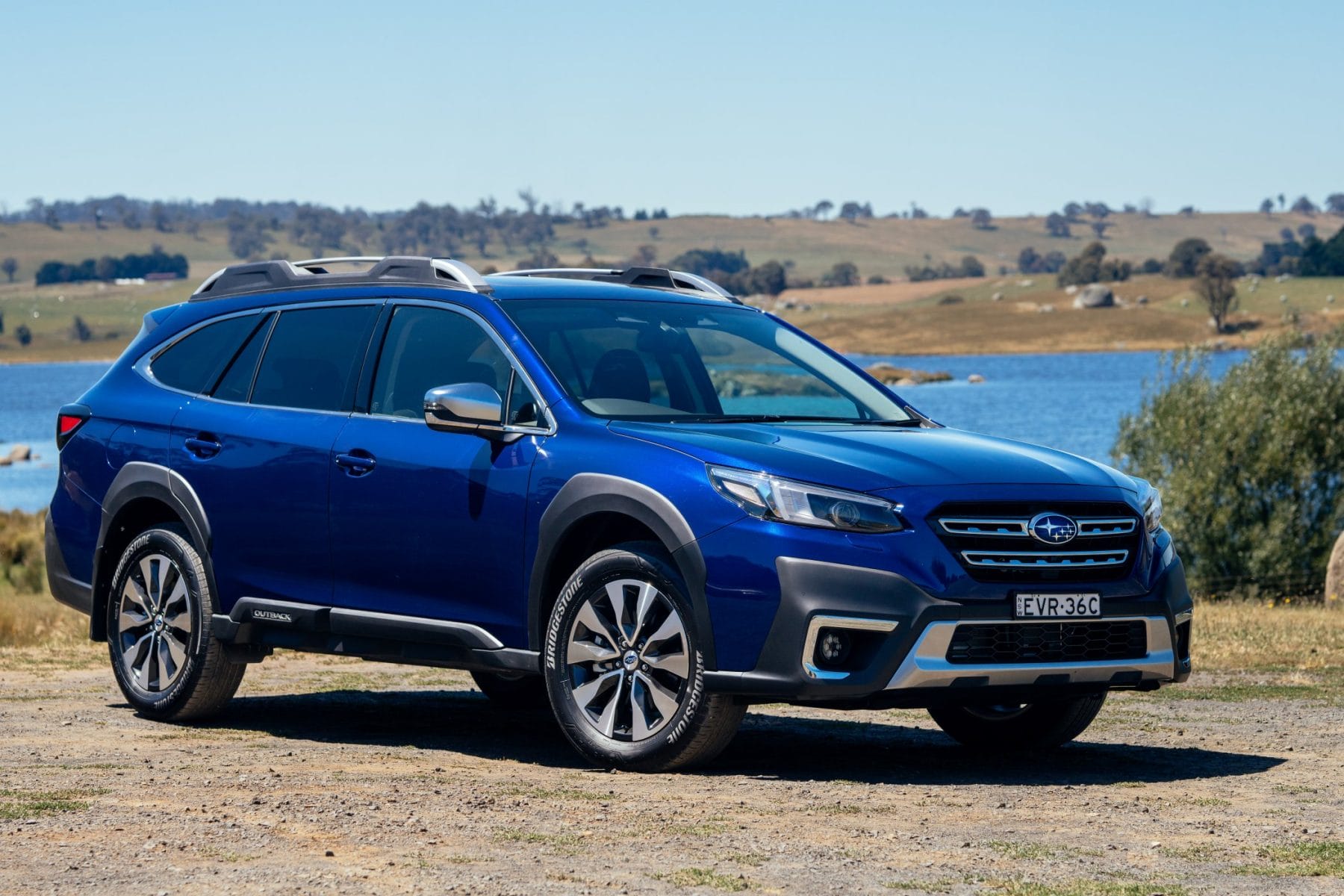
3. Subaru Outback
The Subaru Outback is well-loved for its all-weather capability and ruggedness, and its transmission is designed to complement those traits with reliability and smooth operation. Most Outbacks use Subaru’s Lineartronic CVT, a continuously variable transmission that adjusts gear ratios seamlessly for optimum fuel economy and performance.
Despite the common perception that CVTs may be less durable, Subaru’s Lineartronic has earned a strong reputation for reliability, thanks in part to the company’s focused engineering efforts and commitment to quality control.
One of the main reasons the Outback’s transmission avoids common problems like slipping is Subaru’s specialized engineering tailored to the vehicle’s unique drivetrain layout. The Lineartronic CVT is designed specifically to handle the constant torque demands of Subaru’s symmetrical all-wheel-drive system.
This layout requires a transmission capable of distributing power efficiently to all four wheels without compromising durability. To achieve this, Subaru engineers developed a robust CVT belt and pulley system that can endure significant stress while minimizing heat generation, which is a leading cause of transmission failure in many vehicles.
Subaru also places great emphasis on using high-quality transmission fluids formulated to maintain viscosity and lubrication under extreme temperature variations. Transmission overheating is a known problem for many vehicles, but Subaru’s advanced fluid cooling systems in the Outback help prevent heat buildup, protecting internal components from wear.
Regular transmission fluid changes and maintenance are recommended by Subaru, and owners who adhere to these schedules typically enjoy long-lasting transmission performance.
Additionally, the Outback benefits from Subaru’s thorough durability testing and real-world validation. Engineers perform extensive road tests on varied terrains and in different climates to ensure the Lineartronic CVT can handle the demanding conditions many Outback owners encounter.
This results in a transmission that remains smooth and responsive over time. Combined with the vehicle’s reputation for overall mechanical reliability, the Outback’s transmission stands out as a key reason why many drivers choose this model for both everyday use and adventurous excursions.
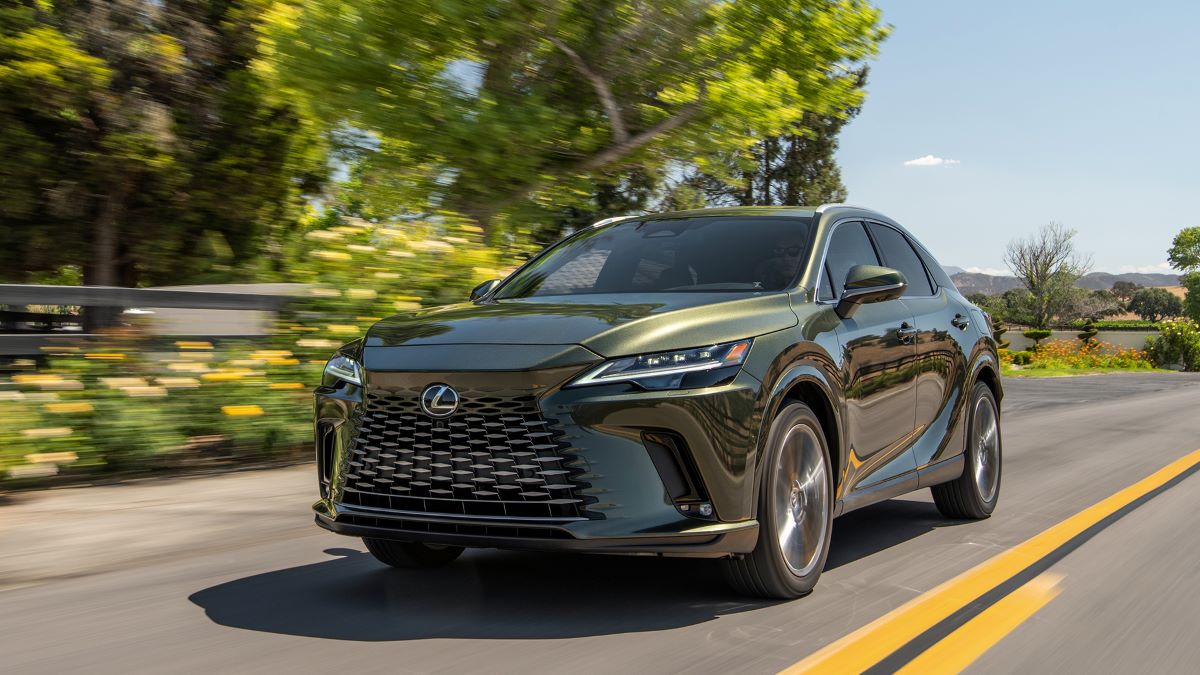
4. Lexus RX
The Lexus RX offers the perfect blend of luxury and reliability, with a transmission system that reflects the brand’s dedication to quality and performance.
As a luxury SUV, the RX is expected to deliver a smooth, quiet driving experience, and its transmissions—ranging from six-speed automatics in earlier models to more advanced multi-speed units in recent years—are engineered to meet these expectations without sacrificing durability. Lexus builds on Toyota’s renowned reliability, incorporating premium components and cutting-edge technologies to minimize transmission issues.
One major contributor to the RX’s transmission resilience is the extensive use of precision manufacturing techniques and high-grade materials. Lexus transmissions are crafted with tight tolerances and advanced metallurgy, ensuring that gears, clutches, and other internal parts endure high stresses without premature wear.
This attention to detail is evident in the RX’s ability to maintain smooth gear changes even under heavy loads or frequent stop-and-go driving. The transmission control system employs sophisticated software algorithms that optimize shift timing and hydraulic pressure to reduce mechanical shock, extending component life.
Moreover, Lexus subjects the RX’s transmission to rigorous durability testing that simulates years of use in a matter of weeks. These tests expose the transmission to extreme temperatures, high load scenarios, and continuous operation to validate reliability before production.
The result is a transmission system that owners can trust to perform consistently without slipping, jerking, or delayed shifts. Additionally, Lexus uses advanced transmission fluid formulations and cooling systems that further protect the transmission from heat-related wear.
The RX’s reputation for transmission durability is reflected in owner satisfaction and industry reliability ratings. Many Lexus RX vehicles have been documented to exceed 200,000 miles with minimal transmission concerns, a testament to the brand’s commitment to engineering excellence.
Combined with exceptional customer service and a strong warranty, the RX remains a benchmark for luxury SUVs that avoid the transmission problems that plague many competitors.
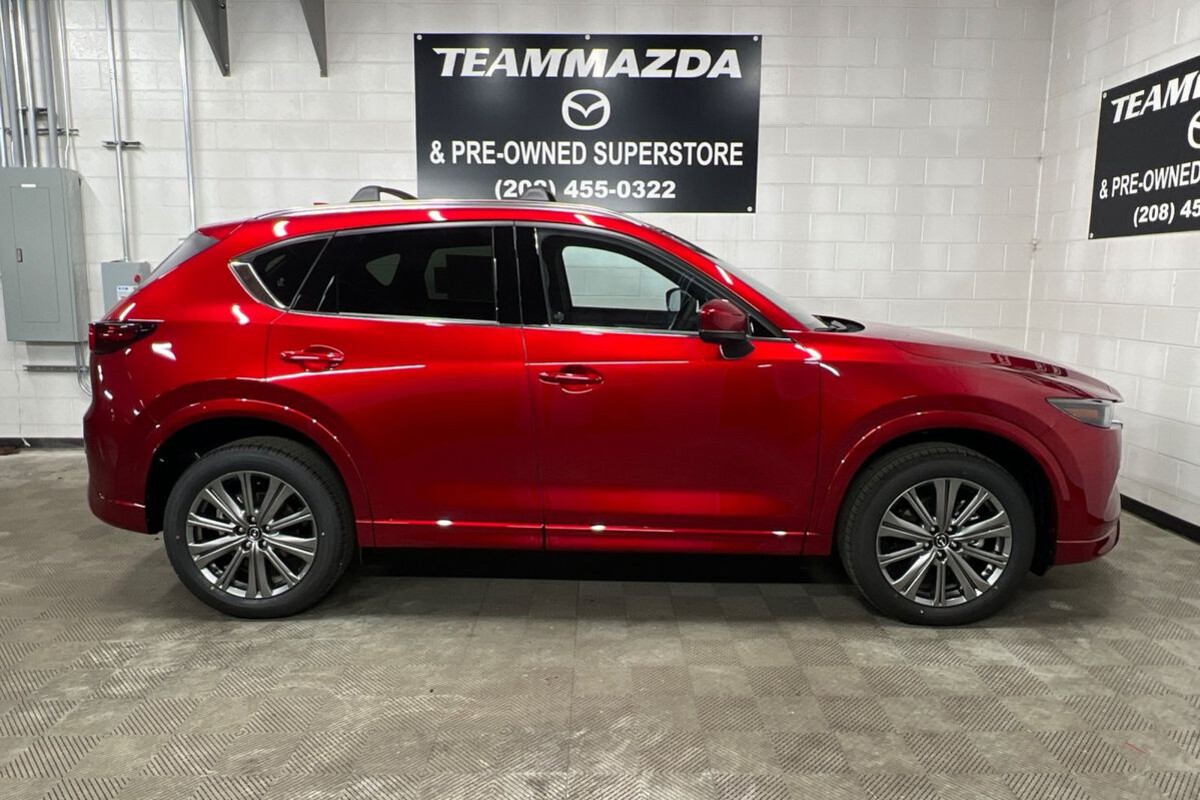
5. Mazda CX-5
The Mazda CX-5 is a standout in the competitive compact SUV market, known for its engaging driving dynamics and, importantly, a transmission that combines efficiency with reliability. At the heart of the CX-5’s drivetrain is Mazda’s Skyactiv-Drive automatic transmission, which incorporates a modern torque converter with electronic controls and lock-up capabilities to deliver smooth and efficient shifts.
This transmission design provides the best of both worlds: the smoothness of a traditional automatic and some efficiency gains of newer transmission types, all while maintaining durability.
Mazda’s engineers focused on addressing common transmission failure points during the development of Skyactiv-Drive. For example, they optimized the torque converter to reduce slippage and heat buildup, two major contributors to premature transmission wear.
The transmission’s electronic control unit (TCU) features advanced software that constantly adapts shift patterns based on driving conditions, engine load, and driver behavior. This adaptability not only improves fuel economy but also reduces mechanical stress, helping to extend the life of transmission components.
Regular maintenance is also a critical factor in the CX-5’s transmission reliability. Mazda provides clear service intervals for transmission fluid replacement, which owners who follow tend to experience fewer issues related to slipping or rough shifting.
Moreover, the CX-5’s relatively simple and robust transmission design means fewer parts that can fail or malfunction compared to more complex transmissions with numerous gears or clutches.
The combination of thoughtful engineering, high-quality materials, and user-friendly maintenance has helped establish the CX-5 as a vehicle that reliably avoids transmission problems.
Mazda’s continuous improvements in transmission technology and the vehicle’s strong consumer reviews make it a top choice for buyers who want a sporty yet dependable SUV that won’t be plagued by costly transmission repairs.
5 Cars That Constantly Slip Transmission Problems

1. Ford Focus (2012-2016 Models)
The Ford Focus models produced between 2012 and 2016, particularly those equipped with the PowerShift dual-clutch transmission (DCT), have become synonymous with transmission headaches. Ford’s decision to implement the PowerShift was driven by the desire to improve fuel economy and deliver faster gear shifts.
However, this transmission was plagued by numerous reliability problems that caused widespread consumer dissatisfaction and legal repercussions. The transmission’s design—utilizing dual clutches instead of a traditional torque converter—offered theoretical benefits but proved difficult to calibrate properly for everyday driving conditions.
A common complaint among owners was the transmission slipping between gears, sometimes causing the car to hesitate or jerk unexpectedly. This slippage often manifests as uneven acceleration or a delayed response when pressing the gas pedal.
The root causes included premature wear of the clutch packs, flawed software controlling the clutch engagement, and issues with the transmission fluid, which in a DCT system plays a critical role in cooling and lubrication.
The lack of a traditional torque converter also meant that some of the smoothness and forgiveness inherent in conventional automatics was lost, making jerky and inconsistent shifting more noticeable.
Ford responded to the widespread backlash by extending warranties on the PowerShift transmission and implementing software updates intended to improve shifting behavior. However, many users reported that these fixes were temporary or ineffective in eliminating the problems.
The frequency and severity of transmission failures led to multiple class-action lawsuits, further highlighting the systemic issues with this transmission. Repair costs were often high because replacing or rebuilding the dual-clutch transmission is labor-intensive and expensive.
Ultimately, the Ford Focus PowerShift saga serves as a cautionary tale about introducing complex new transmission technologies without sufficient real-world testing and refinement.
Buyers should be wary of this generation of Focus if they want to avoid transmission slipping and the costly repairs that often follow. The negative reputation has overshadowed what is otherwise a popular and well-regarded compact car.
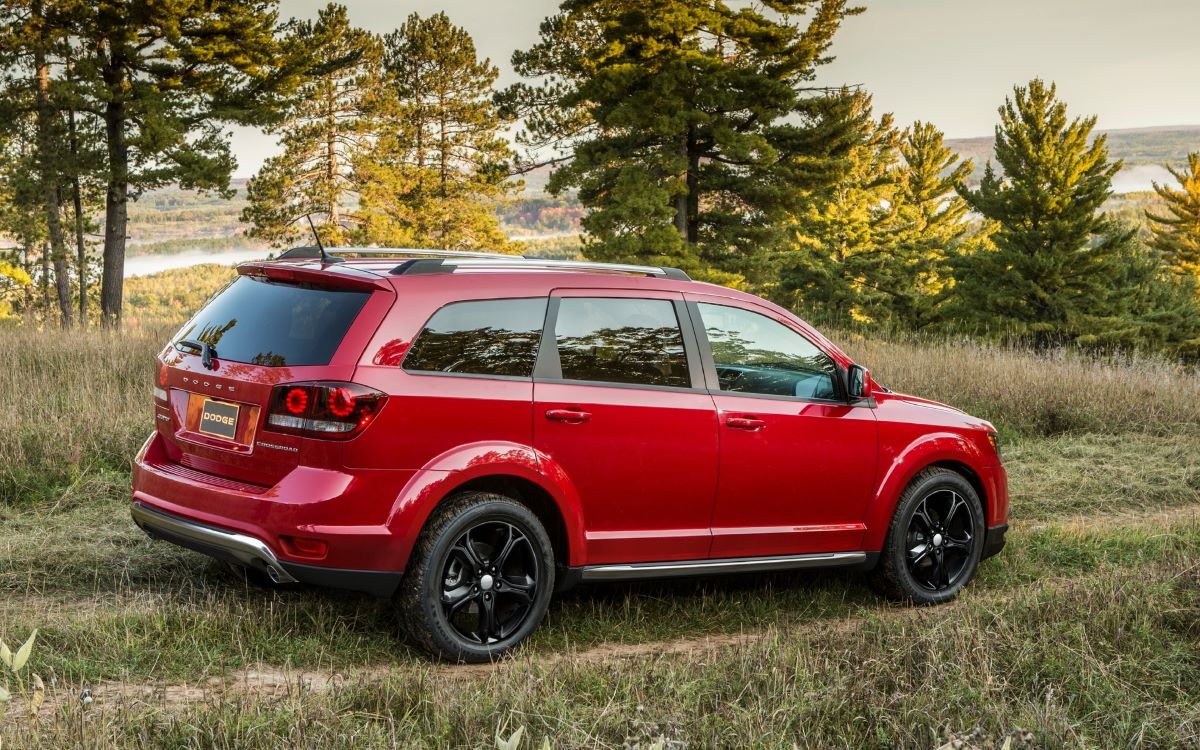
2. Dodge Journey
The Dodge Journey is frequently criticized for its problematic transmission, which often manifests as slipping, rough shifting, and hesitations. Many of these vehicles are equipped with a four-speed automatic transmission that, although once a common choice, has become outdated relative to newer competitors with more advanced gearboxes.
This transmission’s relatively simple design fails to adequately handle the torque and weight demands of the Journey, leading to early wear and slipping issues.
Owners have reported that transmission problems in the Journey often begin subtly, with occasional slipping or delayed gear engagement, but worsen over time. In some cases, the vehicle may jerk or hesitate during acceleration, making the driving experience uncomfortable and unpredictable.
This slippage is typically caused by worn clutch packs inside the transmission, valve body malfunctions, or issues with transmission fluid flow and pressure. Moreover, the Journey’s transmission cooling system has been criticized for being inadequate, allowing heat to build up and degrade transmission fluid faster, accelerating internal damage.
Adding to the problem, many Dodge Journey owners find that diagnosing transmission issues can be difficult because symptoms often overlap with engine or sensor malfunctions.
Repairs can range from simple fluid changes to full transmission rebuilds or replacements, which can be prohibitively expensive for a vehicle with a relatively low market value. As a result, many owners choose to live with the issues rather than invest in costly repairs, further diminishing the vehicle’s reputation for reliability.
The Dodge Journey’s transmission slipping problems highlight a broader issue of outdated technology paired with insufficient engineering adaptations for a heavier, more demanding vehicle. Buyers looking for a reliable family SUV or crossover should be cautious about the Journey and consider models with more modern, proven transmission systems.
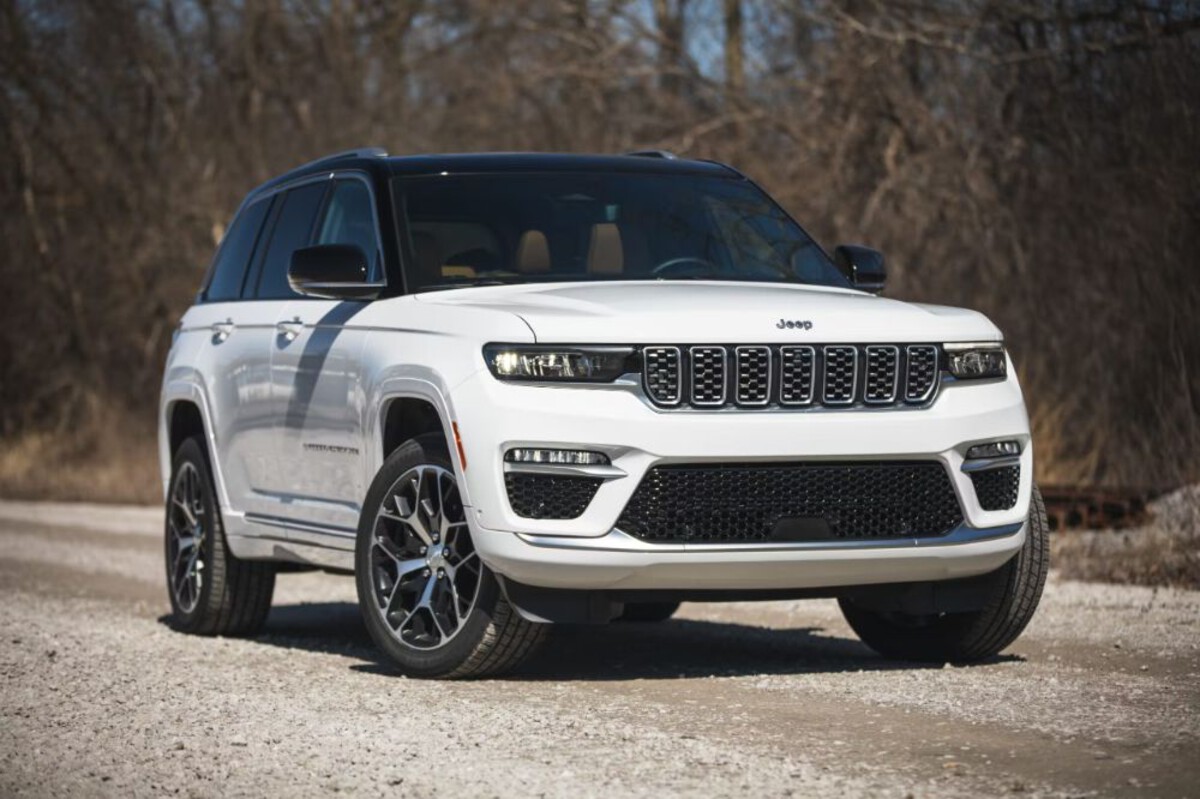
3. Jeep Cherokee (2014-2018 Models)
The Jeep Cherokee introduced a highly ambitious nine-speed automatic transmission between 2014 and 2018, intending to improve fuel economy and provide smoother acceleration.
However, this transmission quickly became a source of frustration for many owners due to slipping, erratic shifting, and delayed engagement. The transmission’s complexity, which involves numerous gears and intricate hydraulic controls, presents a high potential for software glitches and mechanical failures.
The nine-speed automatic is controlled by sophisticated software that manages the shifting patterns, clutch engagement, and torque converter lock-up. Unfortunately, early iterations of this system were plagued by programming errors that caused inconsistent shifting behavior.
Many drivers reported feeling the transmission slip between gears, particularly during acceleration from a stop or when changing speeds abruptly. This slipping often results in a noticeable jerk or hesitation, compromising the vehicle’s performance and driver confidence.
Mechanically, the transmission is vulnerable to wear in components such as clutch packs, valve bodies, and the mechatronics unit, especially if regular maintenance like fluid changes is neglected.
The Jeep Cherokee’s relatively heavy weight and off-road usage exacerbate these stresses, accelerating transmission wear. Moreover, repair costs for this complex transmission can be significantly higher than more conventional automatics due to the intricacies of its design and limited availability of parts.
Jeep issued technical service bulletins and extended warranties to mitigate these issues, but many owners continued to report transmission slipping even after repairs.
The reputation of the Cherokee’s nine-speed transmission has led some consumers to avoid the model altogether or opt for older or newer versions with different transmissions. This situation underlines the risks automakers face when pushing the boundaries of transmission technology without ensuring thorough long-term durability.
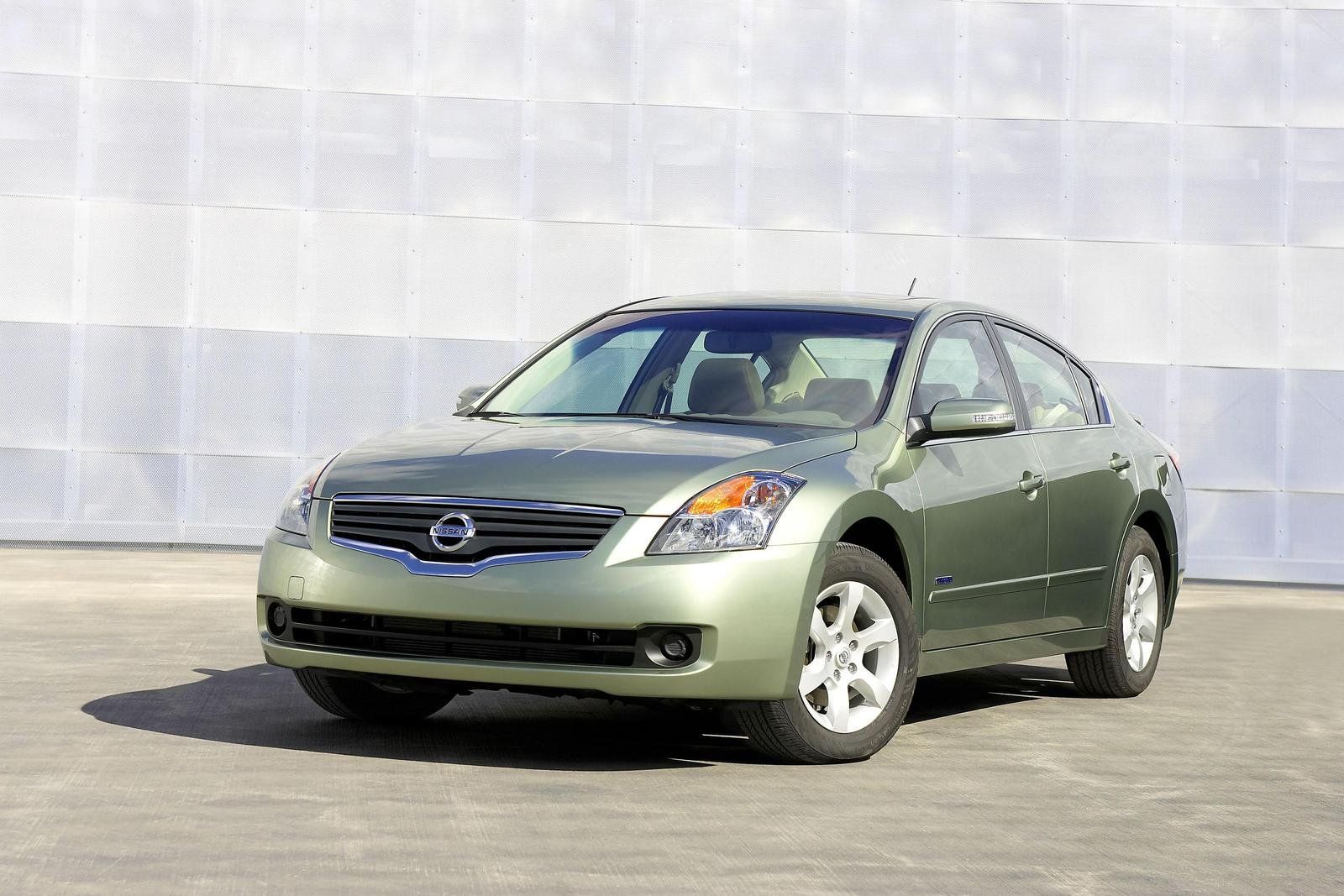
4. Nissan Altima (2013-2015 Models)
The Nissan Altima’s continuously variable transmission (CVT) found in 2013 to 2015 models has a notorious reputation for slipping and premature failure. Nissan adopted the CVT to enhance fuel efficiency and provide a smoother driving experience, but many early CVTs suffered from reliability problems that have significantly affected owner satisfaction.
The CVT operates using a belt-and-pulley system rather than fixed gears, which makes it inherently different in feel and maintenance needs compared to traditional automatics.
Altima owners frequently report symptoms of slipping such as shuddering during acceleration, delayed power delivery, and strange noises coming from the transmission area.
These symptoms are often due to the CVT’s belt or chain wearing prematurely, fluid contamination, or overheating issues. Unlike a conventional transmission, the CVT relies heavily on the integrity of its belt and hydraulic system, so any degradation in these components can quickly lead to slipping and erratic behavior.
Nissan has acknowledged these problems and extended warranties on the CVT for affected models, but the root causes often stem from design limitations and manufacturing variances.
The transmission fluid plays a critical role in cooling and lubrication, and failure to adhere to strict maintenance schedules accelerates wear. Unfortunately, many owners were not aware of the importance of transmission fluid changes for CVTs, leading to widespread issues.
Furthermore, repairing or replacing a CVT is often more expensive than traditional automatic transmissions due to the specialized nature of its components.
Some owners have even reported complete transmission replacements well before 100,000 miles, leading to significant out-of-pocket expenses. Nissan’s early CVT struggles highlight the growing pains automakers face when integrating new transmission technologies without sufficient real-world durability data.
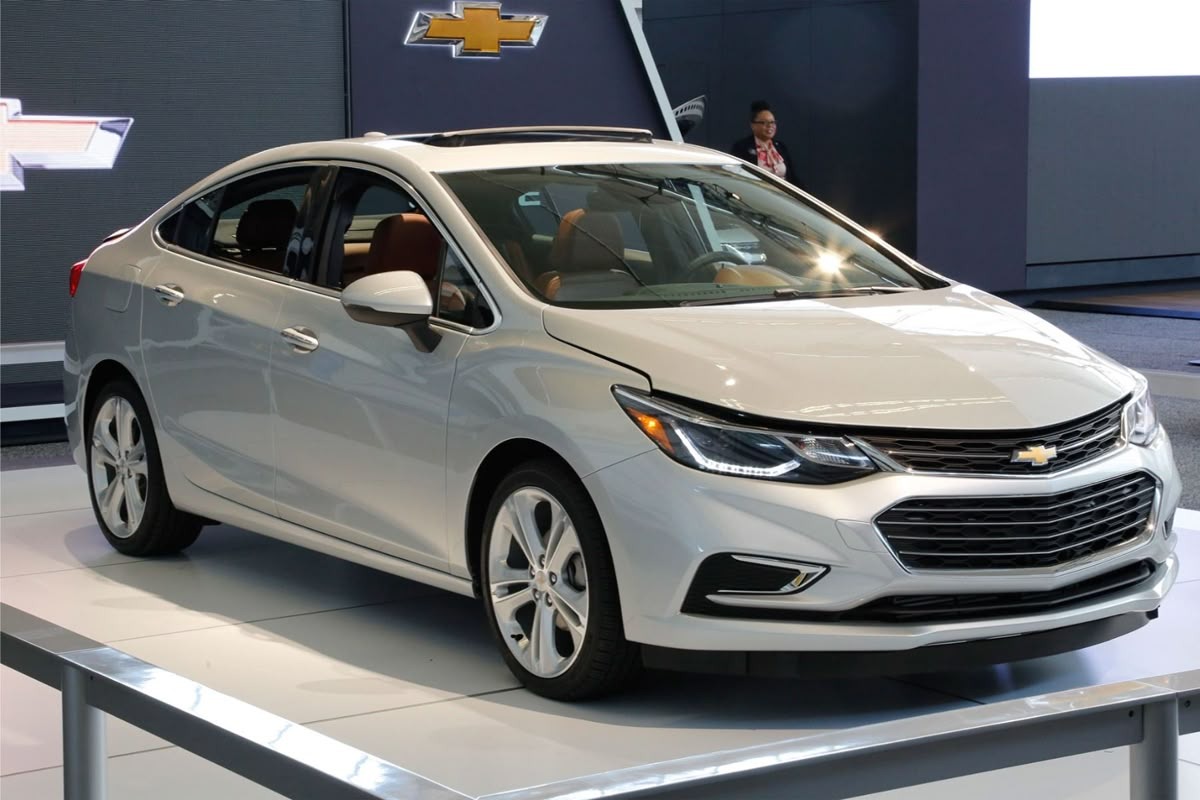
5. Chevrolet Cruze (2011-2016 Models)
The Chevrolet Cruze, especially models from 2011 to 2016 equipped with the six-speed automatic transmission, has a troubling history of transmission slipping and other shifting issues.
Owners often report symptoms such as delayed engagement when shifting from park to drive, jerking or clunking sounds during gear changes, and slipping that causes the vehicle to feel sluggish or unpredictable. These problems can begin relatively early in the vehicle’s life cycle, sometimes within the first 50,000 miles.
The root causes of these transmission issues typically include valve body malfunctions, solenoid failures, and degraded transmission fluid that compromises hydraulic pressure and lubrication.
In some cases, the transmission control module’s software requires updates or recalibration to correct shift timing and responsiveness. Unfortunately, many Cruze owners have found that fixes are temporary, with problems recurring and sometimes escalating in severity.
GM issued technical service bulletins to address known transmission problems and extended some warranty coverage, but the patchwork approach has not fully alleviated owner concerns.
The Cruze’s transmission problems contribute to lower reliability scores compared to competitors and reduce resale value. Many used car buyers and dealers are wary of these transmission issues, which have created a stigma around the model.
Regular maintenance, including timely fluid changes and inspections, can help mitigate some of these problems, but the Cruze’s transmission remains a weak link in an otherwise practical and economical vehicle.
Prospective buyers are advised to research specific vehicle histories and consider independent inspections before purchasing a used Cruze to avoid costly transmission repairs down the line.
Also Read: 5 EVs With the Best Torque Delivery and 5 With Lag
The transmission is a linchpin component in any vehicle’s drivetrain, and its reliability significantly affects overall vehicle satisfaction, safety, and ownership costs.
Throughout this article, we’ve explored a diverse spectrum of vehicles—five models that reliably avoid transmission problems and five others that are frequently burdened by transmission slipping issues. This contrast highlights the critical role of engineering choices, quality control, and maintenance in shaping transmission durability and performance.
Vehicles like the Toyota Camry, Honda Accord, Subaru Outback, Lexus RX, and Mazda CX-5 stand out as examples of how conservative yet well-executed engineering can deliver transmissions that last well beyond 200,000 miles with minimal issues.
These cars generally combine robust mechanical designs with proven transmission types, such as traditional automatics and refined CVTs, backed by meticulous testing and maintenance-friendly service intervals.
Their transmissions benefit from high-quality materials, advanced fluid formulations, and software tuned for longevity rather than aggressive performance. For owners, this means fewer unexpected repairs, smoother driving experiences, and higher resale values.
Conversely, vehicles like the Ford Focus (2012-2016 PowerShift models), Dodge Journey, Jeep Cherokee (2014-2018 nine-speed automatics), Nissan Altima (2013-2015 CVTs), and Chevrolet Cruze have faced widespread transmission slipping complaints that undermine owner confidence and increase ownership costs.
In many cases, these slipping issues stem from complex new transmission technologies introduced prematurely, outdated designs unable to handle vehicle demands, or poor maintenance practices exacerbated by unclear manufacturer guidance.
The resulting symptoms—hesitation, jerking, delayed engagement—create a frustrating driving experience and frequently necessitate costly repairs or even complete transmission replacements.
These problems underscore important lessons for both manufacturers and consumers. Automakers must prioritize long-term durability and extensive real-world testing when introducing new transmission technologies. Innovations that improve fuel economy and performance are valuable, but they must not come at the expense of reliability and drivability.
For consumers, understanding the strengths and weaknesses of different transmissions, adhering to recommended maintenance schedules, and recognizing early warning signs of slipping can help avoid expensive repairs.
Another key takeaway is that vehicle transmission issues often do not exist in isolation. They can be linked to other factors such as engine tuning, transmission fluid quality, driving style, and environmental conditions.
For example, overheating due to insufficient cooling or fluid degradation can accelerate clutch wear and lead to slipping. Similarly, aggressive driving or towing beyond recommended limits stresses transmissions and shortens their lifespan. Therefore, a holistic approach to vehicle care, including regular inspections and fluid changes, is essential.
In summary, choosing a vehicle with a reputation for transmission reliability can save owners significant time, money, and stress over the vehicle’s lifetime. Brands like Toyota, Honda, Subaru, Lexus, and Mazda have demonstrated that with the right engineering philosophy and quality control, transmission problems can be minimized or even avoided altogether.
Meanwhile, caution is warranted with models known for slipping issues, especially when they incorporate complex or unproven transmission designs without adequate durability track records.
By combining informed vehicle selection with proactive maintenance, drivers can enjoy smoother rides, better performance, and longer-lasting transmissions.
As transmission technology continues to evolve, the lessons from past successes and failures remain invaluable. Whether you prioritize a dependable daily driver or a luxurious SUV, transmission reliability should always be a key consideration in your automotive decision-making process.

